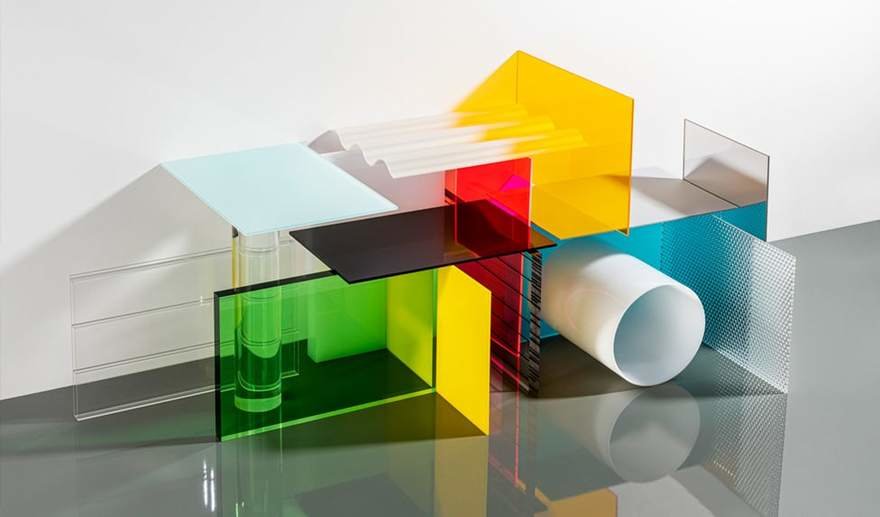Explaining the Difference Between plexiglass and Plexiglas®
They're both acrylic, but manufacturing differences might affect quality
These days, as businesses order transparent plastic sheets to build anti-COVID barriers, they may find that some suppliers are out of Plexiglas®, but have plexiglass in stock. What's the difference?

Both products are sheets of acrylic. Plexiglas® is the brand name trademarked in 1933 by Rohm, the company set up by Plexiglas® inventor Otto Rohm. Meanwhile, the term plexiglass is generally used to refer to any sheet of acrylic.
 Plexiglas inventor Otto Rohm
Plexiglas inventor Otto Rohm
 Plexiglas inventor Otto Rohm
Plexiglas inventor Otto Rohm
The difference lies in how they're manufactured. To make sheets of acrylic, one can use extrusion or cell casting. Extrusion is quick and relatively affordable, making it a widespread go-to.

Cell casting is when liquid monomer is poured between two sheets of glass sealed with a rubber gasket, then heated up to polymerize the pour. This is time-consuming and expensive: The glass has to be thick enough that it doesn't sag under the weight of its contents, and the surface of the glass must be free of imperfections to give a good finish. Acrylic sheets that are cell cast have cleaner surfaces less prone to scratching, whereas extruded sheets have lower-quality finishes and may show ripples or specks.
Drilling down further, U.S. Plastic Corp. attributes the following to each process:
Cast sheet has the following benefits over extruded sheet:
- less low angle distortion
- low minimum run/order quantities
- thousands of standard and custom colors available
- greater range of available thicknesses (available in thicknesses greater than 1.00")
- slightly better chemical resistance
- less tendency to melt or chip during machining
- slightly higher service temperature
- more suitable for use involving continuous contact with water
- better capability to handle long-term mechanical loads
Extruded sheet has the following benefits over cast sheet:
- lower cost
- better thickness tolerance
- less dirt,lint or particulate contamination in the sheet
- cements and thermoforms faster

Plexiglas® is only manufactured using cell casting, and thus it's more expensive. Lowercase-P plexiglass can be either cell cast or extruded, the latter of which will reduce the cost.

So which should you use? If you're making sneezeguards for checkout counters, save a couple bucks and go with generic plexiglass. If you're crafting a high-quality model for a presentation that's going to win business for your firm, reach for the Plexiglas® good stuff.
-
o2Favorite This
-
Q1Comment
K
{Welcome
Create a Core77 Account
Already have an account? Sign In
By creating a Core77 account you confirm that you accept the Terms of Use
K
Reset Password
Please enter your email and we will send an email to reset your password.


Comments
Extruded and Cell-cast acrylic sheet also have different properties when laser cutting/engraving. From Epilog Laser's page: